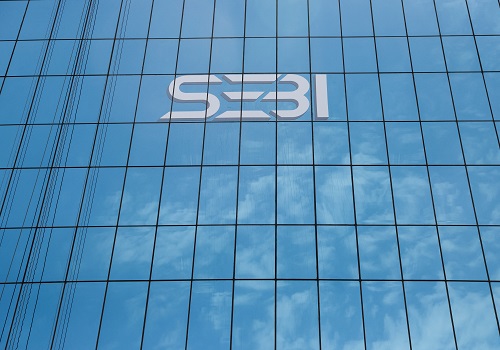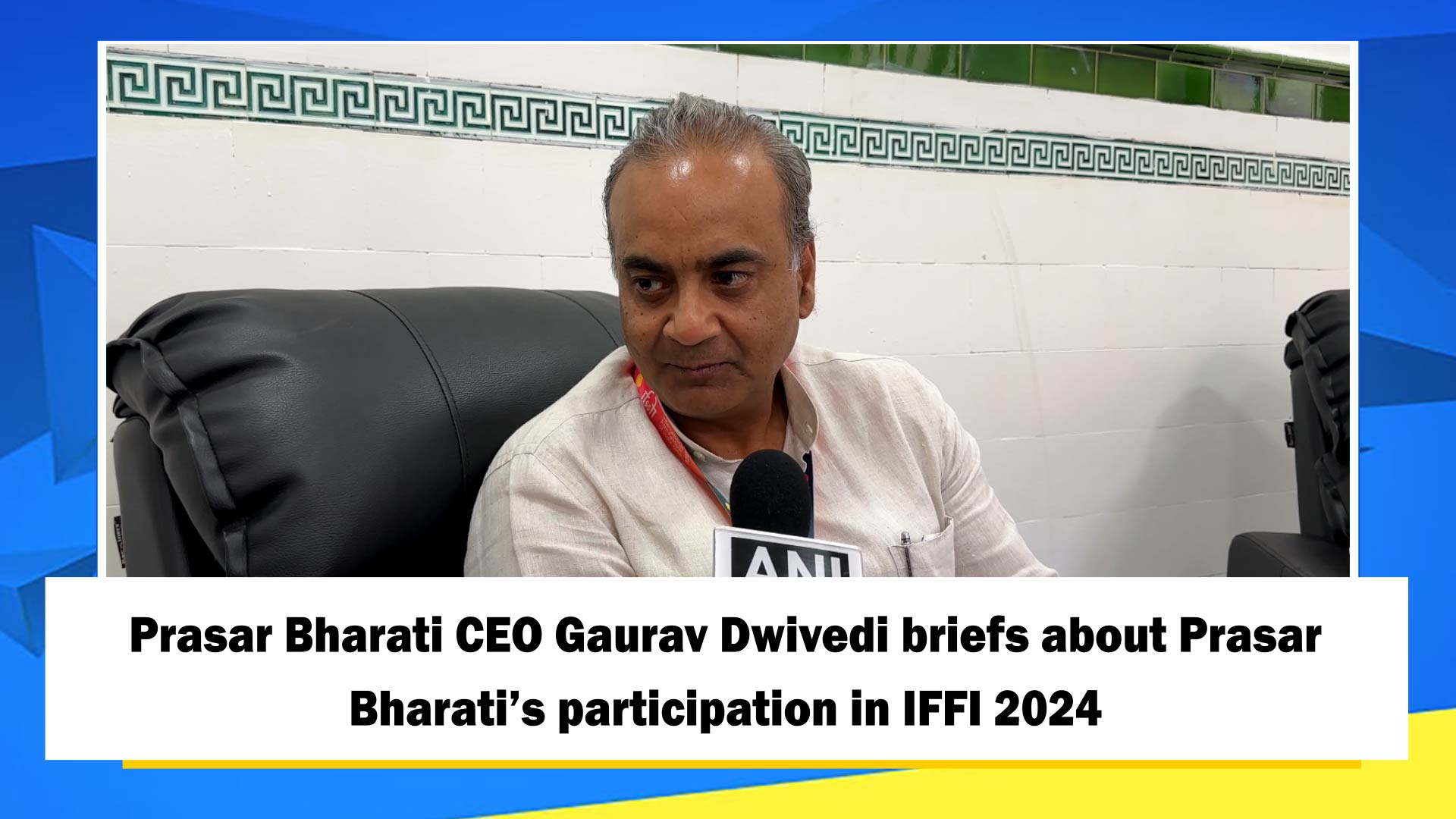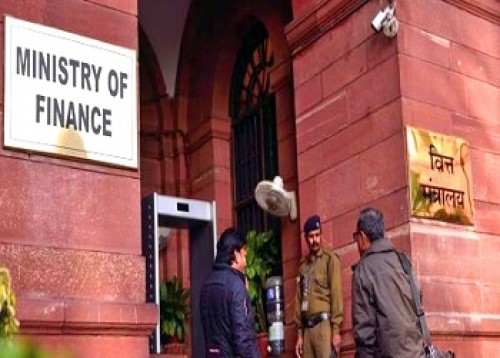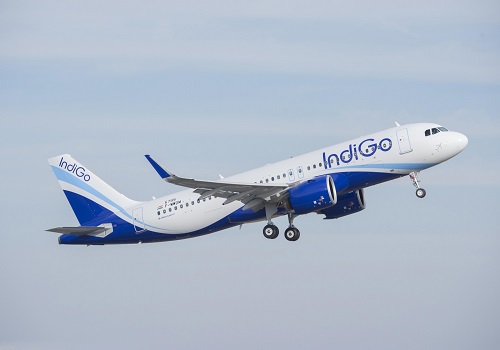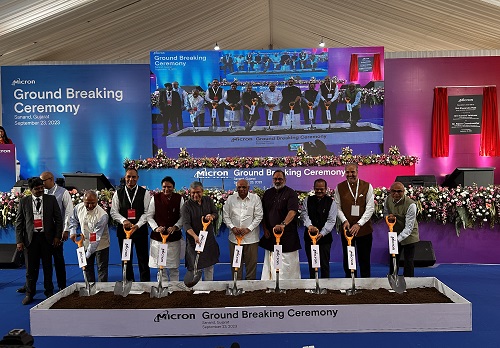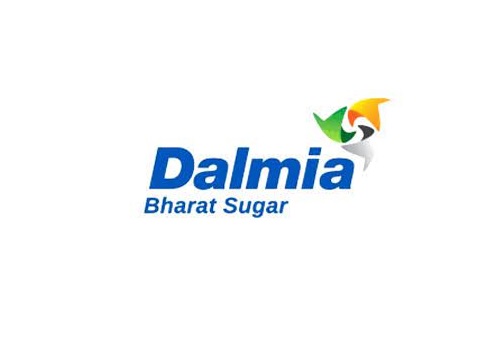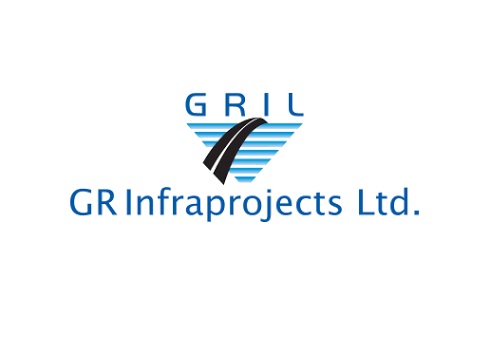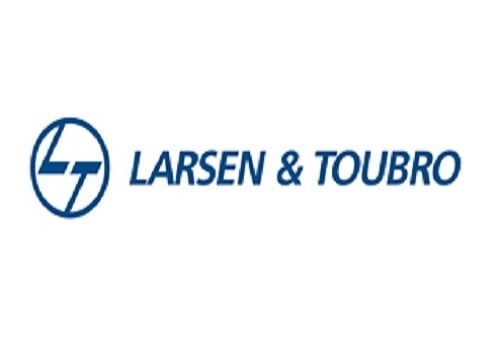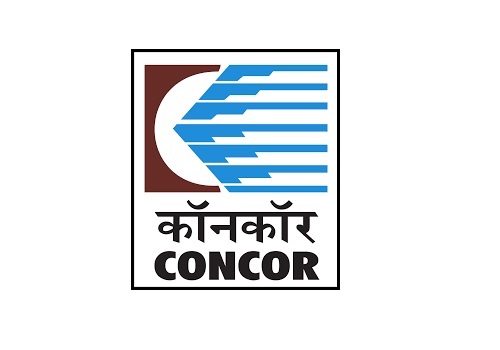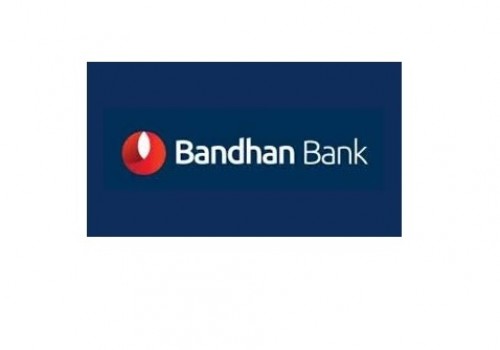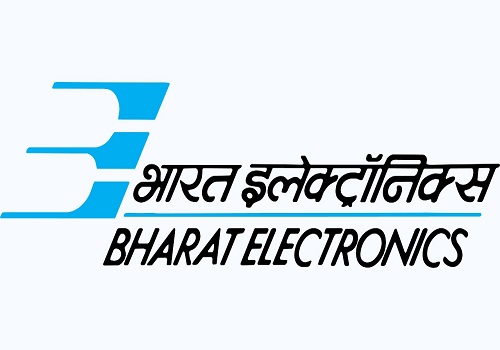Buy Equitas Holdings Ltd For Target Rs. 140 - Motilal Oswal

Follow us Now on Telegram ! Get daily 10 - 12 important updates on Business, Finance and Investment. Join our Telegram Channel
RBI permits SFBs and respective holdcos to apply for Amalgamation scheme
Progress on scheme to help unlock shareholder value; CE recovery a nearterm monitorable
* The RBI has allowed small finance banks (SFBs) and their respective holding companies to apply for the Amalgamation scheme. Equitas and Ujjivan are going to complete five years of business operations. Although SFBs are required to dilute their promoter shareholding to <40% within five years, this amalgamation scheme would give an exit route to promoters and collapse the holding company structure.
* The Equitas and Ujjivan holdcos currently own ~82% and ~83% stake, respectively, in their underlying SFBs. Both the entities complete five years on 4th Sep’21 and 31st Jan’22, respectively.
* Currently, Equitas Holding and Ujjivan Financial Services are trading at 35% and 43% holding discounts, respectively. For Equitas Holdings, the trading discount has been in the range of 24–54% since listing; for Ujjivan Financial Services, the holding discount has been in the range of 33–57%.
* Equitas Bank is making strong progress on the liability front; it is focused on mass affluent customers and offering a high SA rate of 7% to improve its retail deposits. The CASA ratio thus improved sharply to ~40% in 1QFY21 (v/s 20%).
* On the asset quality front, the resurgence of COVID (second wave) has affected collection trends, which declined sharply to 77.8% in May’21 (v/s 105.2% in Apr’21). However, they showed some recovery to 83.5% in June’21, especially in vehicle finance and small business loans, which would be the key drivers of loan growth.
* Overall, the bank has focused on de-risking its portfolio by reducing the proportion of the MFI business, while small business loans and vehicle finance are the growth drivers; thus, we estimate avg. loan growth of 22.5% over FY21–23. We estimate ROA/ROE to improve to 1.8%/17% for FY23E. Maintain BUY, with revised TP of INR140/share (1.3x FY23E ABV). At the target price multiple, the holdco discount would be ~21% of the current price SFB value.
RBI permits application for Amalgamation scheme between holdcos and underlying SFBs
* The RBI has allowed SFBs and the respective holding companies to apply for the Amalgamation scheme ahead of the five-year lock-in period. This application can be applied three months prior to the completion of five years from the date of commencement of SFB operations.
* As per the RBI banking licensing requirement, a promoter is required to dilute its shareholding in the bank to 40% within a period of five years from the commencement of banking operations. Thus, Equitas and Ujjivan are required to dilute their stake in the underlying bank by 4th Sep’21 and 31st Jan’22, respectively. The Equitas and Ujjivan holdcos currently own ~82% and ~83% stake, respectively, in underlying SFB.
* Furthermore, as SFBs’ licensing guidelines state, the promoter could decide to exit after a lock-in period of five years. Thus, this Amalgamation scheme, if implemented, would help fulfill the promoter shareholding requirement as well. The investors of the holding companies would get the shares of the listed SFBs through a share-swap ratio, and the holdcos would thus cease to exist. In this process, the approvals of the RBI, SEBI, and NCLT are required.
Equitas and Ujjivan holdcos to benefit from progress on amalgamation scheme; SEBI approval also critical
* Currently, the holdco of Equitas/Ujjivan Bank is trading at a 35%/43% discount to the fair value (refer to Exhibit 1 for details). For Equitas Holdings, the trading discount since listing has been in the range of 24–54%; for Ujjivan Financial Services, the holding discount has been in the range of 33–57%.
(* Thus, the Amalgamation scheme would help unlock significant value for the shareholders of the respective holding companies as the holdco discount narrows. However, the fair value for investors would depend on the swap ratio – a key monitorable.
* In the case of Equitas, as SFBs were listed on 2nd Nov’20, and as per SEBI guidelines, promoters would have a three-year lock-in period requirement. Thus, even if the RBI were to approve the Amalgamation scheme, the approval of SEBI and other regulators would still be critical for the consummation of the scheme.
Liability franchise growing well; CASA ratio surges to ~40%
The Equitas SFB is making strong progress on the liability front; it is focused on mass affluent customers and offering a high SA rate of 7% to improve its retail deposits. The bank is among the few that offer video KYC and a fully digital savings account that can be opened within a few minutes. In FY21, the bank acquired ~480k new liability customers (v/s ~160k in FY20). In 1QFY22, the deposit trend remains strong, with total deposits up ~45% YoY / ~4% QoQ to INR171b. This is primarily attributable to robust CASA growth of ~189% YoY (21% QoQ); thus, the CASA ratio has surged to ~40% (v/s 20% in 1QFY21).
Equitas – well-diversified SFB; Universal Bank License another stock catalyst
* Equitas is one of the most diversified SFBs, with offerings in Microfinance, Commercial Vehicles, Small Business Loans, and MSE Loans. After reporting a robust 50% AUM CAGR during FY11–16, growth slowed during FY17–18 as the bank focused on de-risking its portfolio by reducing the proportion of the MFI business. Consequently, the share of MFI loans has declined to ~18% currently from ~54% in FY16. Non-MFI businesses such as Small Businesses Loans and Vehicle Finance would be key growth drivers as these segments are largely untapped. Equitas would be eligible to apply for a Universal Bank License as it completes five years of banking operations. This would open up further growth opportunities for the bank and allow the optimal use of its liability base.
* However, the second COVID wave has affected near-term growth trends, with disbursements subdued in 1QFY22 (~50% QoQ decline). The muted trends are primarily attributable to lockdowns in core states/territories. Overall, we continue to believe that under the normalized scenario, Equitas can continue to grow at a ~25% CAGR over the next couple of years. However, amid the nearterm COVID uncertainty, we estimate AUM to grow at an average of 22.5% YoY over FY21–23.
First wave well-managed, but collection trends dip amid second wave
* Equitas managed the first COVID wave well, with collection efficiency in Mar’21 up to 108.5%, near pre-COVID levels. The total GNPA/NNPA ratio stood at 3.59%/1.52% (v/s ~2.7%/1.5% in FY20). PCR improved to 58.6%. The total restructured loans stood at INR4.3b (2.6% of loans). The bank holds cumulative provisions (standard asset + floating + provision for NPAs) of 2.56% of advances, which gives us comfort.
* However, the second COVID wave has impacted collection trends, which plummeted to 77.8% in May’21 (from 105.2% in Apr’21). However, they showed some recovery to 83.5% in Jun’21.
* Among the segments, collection trends in the MFI portfolio declined to 66.9% in Jun’21, while they showed strong recovery in small business loans / vehicle finance.
Equitas v/s Ujjivan – loans/deposits up 30%/43% over past three years; NNPA stable and RoA up in FY21
* Over the past three years, the Equitas/Ujjivan SFB has grown the deposit base at a CAGR of 43%/52% to INR164b/INR131b, while loans over this period have risen 30%/25% to INR168b/INR145b.
* GNPA for Equitas stood stable at ~2.6% over FY18–20, but rose to 3.7% in FY21 (on account of COVID-19). However, NNPA stood stable at ~1.7% over FY18–21. For Ujjivan, GNPA increased significantly to 7.1% in FY21 (from 1% in FY20), while NNPA increased to 2.9% (v/s 0.2% in FY20).
* RoA for Equitas increased to 1.7% in FY21 (v/s 1.4% over FY18–20), while the same for Ujjivan was negligible (v/s 2.2% in FY20).
Operating leverage and credit cost normalization to drive strong ROE; valuations remain attractive
* We believe Equitas would reflect operating leverage with improving cross-selling and cost optimization, with the C/I ratio improving to ~59% by FY23E (from ~70% in FY19). The bank does not intend to further expand the branch network in the near term. On the asset quality front, collection efficiency plunged in May’21 across segments, but showed recovery in the Vehicle Finance / Small Business Loan segment in Jun’21. Overall, collection trends would be a key monitorable in the near term. Thus, we estimate credit cost to remain elevated in 1HFY22, but moderate from 2HFY22.
* Overall, the bank has focused on de-risking its portfolio by reducing the proportion of the MFI business, while small business loans and vehicle finance are the growth drivers; thus, we estimate avg. loan growth of 22.5% over FY21– 23. We estimate ROA/ROE to improve to 1.8%/17% for FY23E. Maintain BUY, with revised TP of INR140/share (1.3x FY23E ABV). At the target price multiple, the holdco discount would be ~21% of the current price SFB value.
To Read Complete Report & Disclaimer Click Here
For More Motilal Oswal Securities Ltd Disclaimer http://www.motilaloswal.com/MOSLdisclaimer/disclaimer.html SEBI Registration number is INH000000412
Above views are of the author and not of the website kindly read disclaimer


